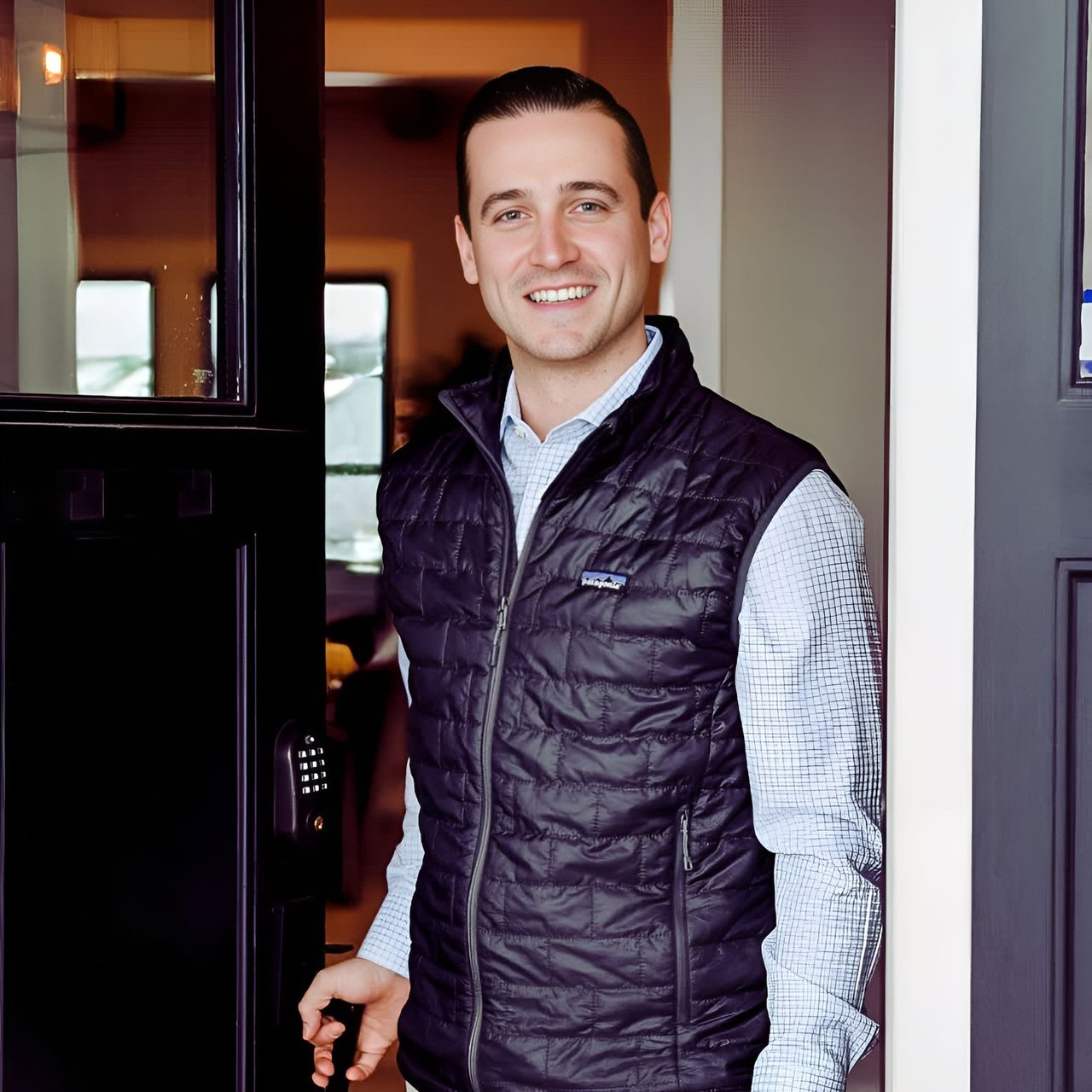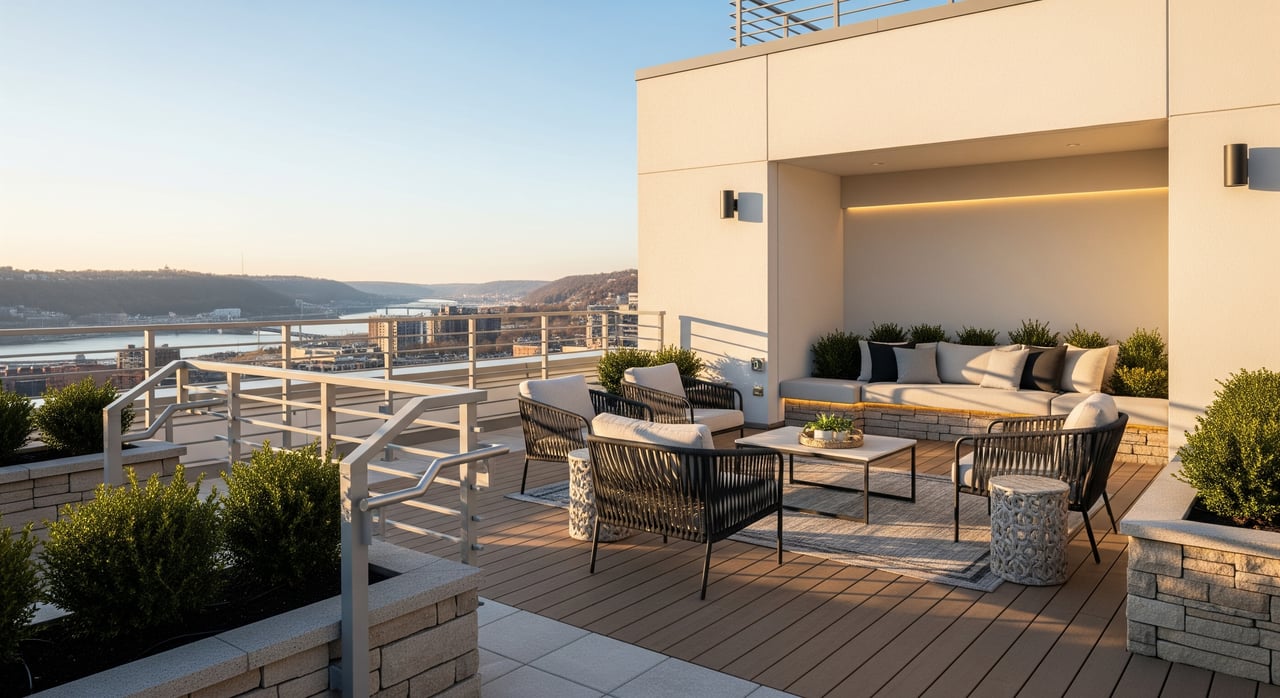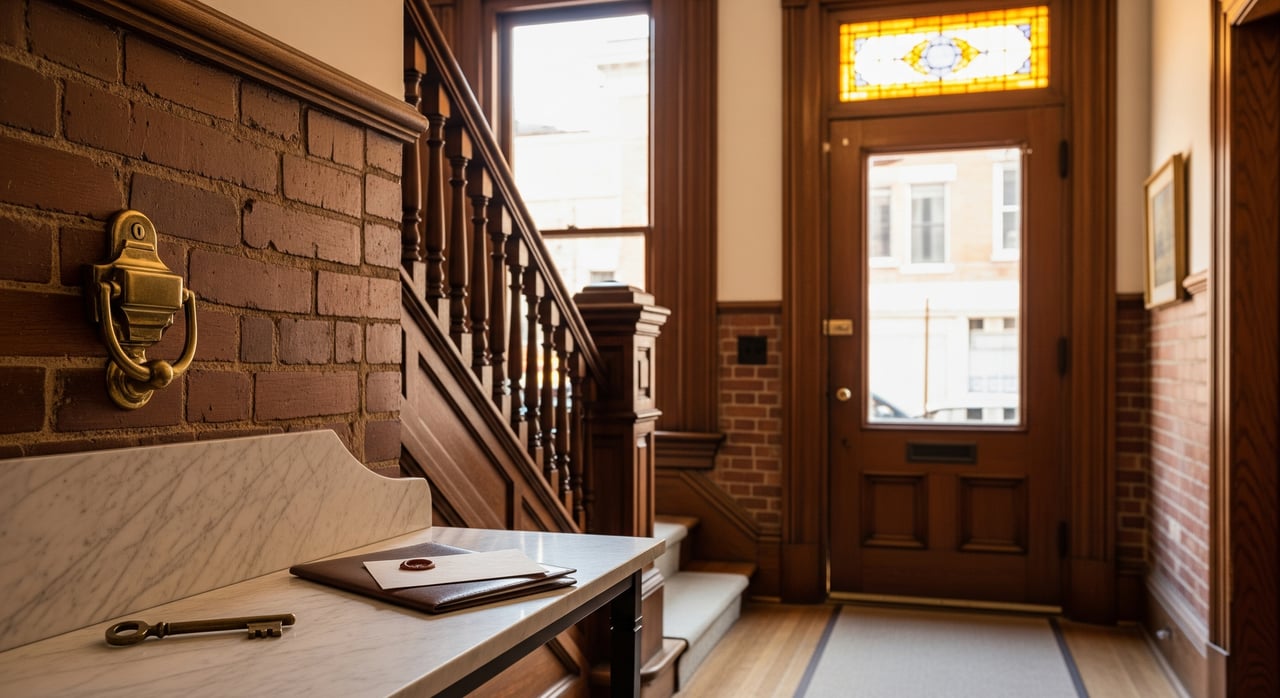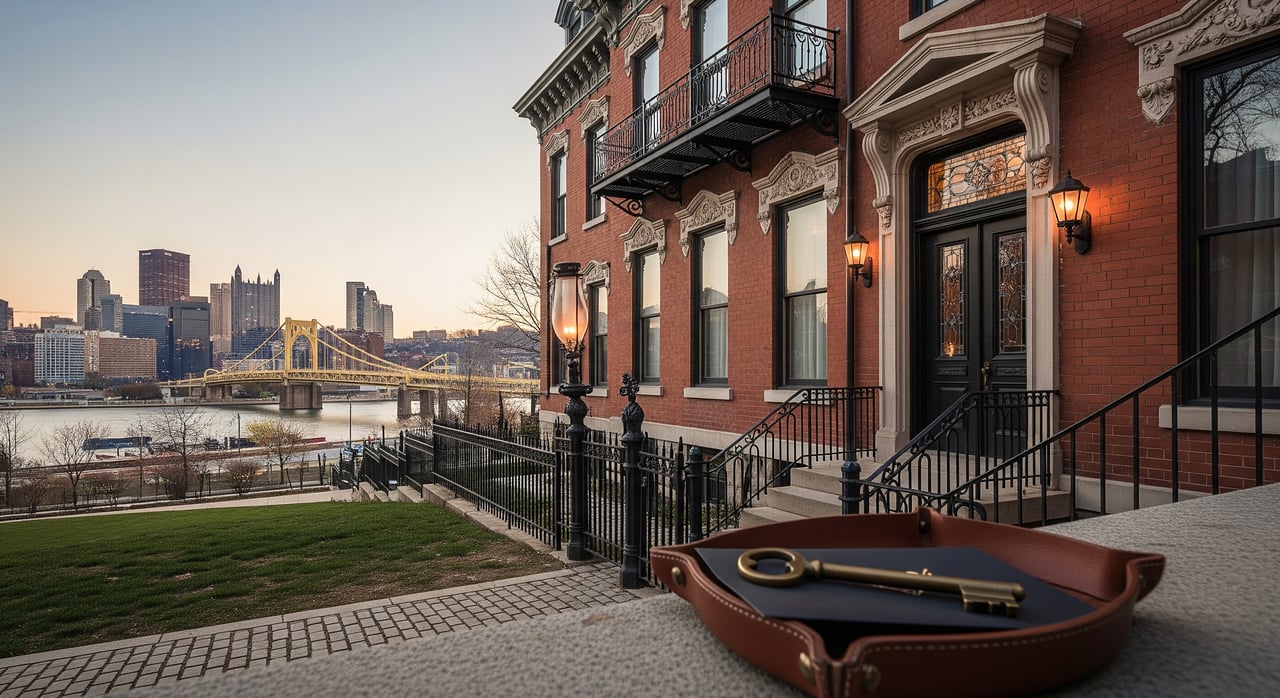TL;DR:
Buying a home in Pittsburgh in 2025 means balancing a competitive market with smart local strategies. Here’s a clear, step-by-step guide—from getting pre-approved to closing day—so you can find the right home, make the right offer, and avoid costly mistakes.
Step 1 – Understand Pittsburgh’s 2025 Market
The Pittsburgh housing market in 2025 continues to be competitive in certain neighborhoods—especially Mt. Lebanon, Shadyside, Fox Chapel, and Lawrenceville—while other areas are seeing more balanced conditions.
-
Median Home Price: ~$259,900 (as of August 2025, WPML)
-
Days on Market: 27 on average (as of August 2025, WPML)
-
Hot Areas: Mt. Lebanon, Aspinwall, Lawrenceville, Highland Park
-
Opportunities: South Fayette, Mount Washington, North Side
Local Tip: In walkable, in-demand neighborhoods, be ready to tour and make an offer quickly—homes here can go under contract within days.
Step 2 – Get Pre-Approved with a Local Lender
Before you browse Zillow or schedule showings, get pre-approved. A Pittsburgh-based lender understands our local taxes, school districts, and competitive bidding trends better than a national online bank.
Why it matters:
-
Gives you a clear budget
-
Required to submit an offer (unless paying cash)
-
Avoids delays that could cause you to miss out
Pro Tip: If you’re a physician (especially relocating to UPMC or AHN), you may qualify for a physician mortgage—often with 0–5% down and no PMI.
Step 3 – Choose the Right Neighborhood
Pittsburgh is a city of micro-neighborhoods, each with its own personality.
Here’s a quick guide based on priorities:
| Priority | Neighborhoods to Explore |
|---|---|
| Walkability + Dining | Shadyside, Lawrenceville, Mt. Lebanon |
| Top Schools | Mt. Lebanon, Upper St. Clair, Fox Chapel |
| Affordable Starter Homes | Dormont, Brookline, Bellevue |
| New Construction | Cranberry Township, South Fayette |
| Easy Commute to Hospitals | Squirrel Hill, Aspinwall, Mt. Lebanon |
Step 4 – Tour Homes (With Strategy)
In 2025, virtual tours are still common, but nothing beats walking through in person to check:
-
Basement condition (common concern in older Pittsburgh homes)
-
Roof and chimney condition
-
Parking—some city homes have none
-
Slope of the lot (we’re known for our hills!)
Local Tip: Always check the property’s real estate tax record—Pittsburgh has both county and municipality school taxes, and they vary widely.
Step 5 – Make a Competitive Offer
If you find “the one,” your agent will help you structure a strong offer.
Common Pittsburgh strategies:
-
Escalation clauses in multiple-offer situations
-
Flexible closing date to appeal to sellers
-
Inspection contingencies tailored to our region’s common issues (roof, sewer, radon)
Step 6 – Inspections & Due Diligence
Most buyers order:
-
General Home Inspection
-
Radon Test (common in Western PA)
-
Sewer Scope (older clay pipes can be costly to repair)
You’ll have a set period (usually 7–10 days) to negotiate repairs or credits.
Step 7 – Closing Day
Once the lender clears your file, you’ll head to closing—often at a real estate office or local title company.
You’ll:
-
Sign mortgage and title paperwork
-
Pay closing costs (typically 3–5% of purchase price)
-
Get your keys
🎉 Welcome home!
FAQs About Buying a Home in Pittsburgh in 2025
Q: How much do I need for a down payment?
A: Many buyers put 5–20% down, but physician and VA loans allow up to a 0% down payment.
Q: How long does it take to close?
A: Typically 30–45 days from an accepted offer.
Q: Are property taxes high in Pittsburgh?
A: They vary by municipality and school district—millage is higher is some suburbs, but often balanced by strong school systems.
Q: What are Transfer Taxes?
A: In Pennsylvania, transfer tax is a one-time fee paid when a property changes ownership. In the Pittsburgh area, the total transfer tax is typically around 4% of the purchase price, split equally between buyer and seller.
This total usually includes three parts:
-
State Transfer Tax: 1%
- Allegheny County Transfer Tax: 1%
-
Local Municipality Transfer Tax: Varies (Pittsburgh City is 3%, Mt. Lebanon is 1%)
-
School District Transfer Tax: Varies (often 0.5%–1%, included in the municipality’s portion in some areas)
💡 Example: In the City of Pittsburgh, the 6% transfer tax is made up of 1% state, 3% city, and 1% Pittsburgh School District.
Final Thoughts
Buying a home in Pittsburgh in 2025 means combining local knowledge with smart financing and timing. Partner with an agent who knows the neighborhoods, the market data, and the small quirks (like which streets get plowed first in winter).
If you’re ready to start your search—or want to understand the market better—contact me. I work with both local buyers and relocating physicians to make the process as smooth as possible.




